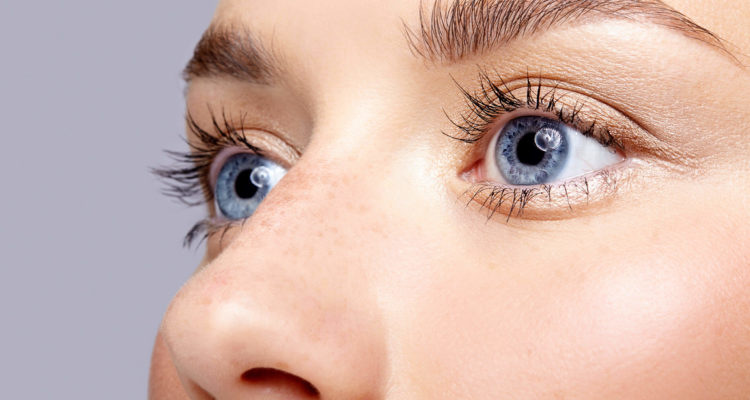
Quality of vision: why the whites of the eyes change color and when it is dangerous
0
A healthy sclera (protein shell of the eyes) is white. But in some cases it can change its color. In such a situation, it is important to consult an ophthalmologist immediately. Sometimes such a change can signal serious health problems and threaten vision.
Yellow color of the whites of the eyes
If the entire sclera turns yellow, this is often a sign of jaundice. It is important to see a doctor immediately. A small area of yellow tissue can be a pingvecula – a neoplasm in the conjunctiva, which often occurs as a result of exposure to ultraviolet rays on the eyes. Sometimes such areas can become inflamed and acquire a red tint. In the absence of treatment, pingvecula can develop into a pterygium – growth of opaque conjunctival tissue on the cornea.
Brown spots
Brown spots can appear on the eyes proteins in primary acquired melanosis. It can develop into a dangerous oncological disease – melanoma. Therefore, it is important to see an ophthalmologist without delay, experts of the American Academy of Ophthalmology warn.
Redness of the sclera
It can be caused by various conditions or injuries. Thus, a bright red spot on the white of the eye is often the result of a subconjunctival hemorrhage that occurred due to a scaly blood vessel. Such a stain may look scary, but it usually does not pose a serious threat to health and often goes away on its own. If the whites turn red, this is due to dilation of blood vessels in the conjunctiva. This condition can occur with allergies, dry eyes, contact lens irritation, or as a result of eye infections.
In some cases, reddened sclera signals a more serious eye problem or disease, such as glaucoma. It is important to consult an ophthalmologist immediately if the redness is accompanied by blurring or worsening of vision, pain, discharge.
Other changes in the color of the whites of the eyes
A bluish-gray tint of the sclera may acquired after long-term use of certain drugs, for example, a number of antibiotics. Sometimes the sclera becomes thinner and the choroid becomes transparent. This is possible with some rare diseases, as well as with anemia.









Leave a Reply